 |
Komaki Hot Spring
Spa Savior
Goldman Sachs Group, Inc. invested in Japanese real estate
under a new partnership with Nagano-based Hoshino Resort Inc.
that revive onsen ryokan hotspring resorts.
The securities firm spends money to buy and upgrade struggling resorts,
while Hoshino takes charge of renovations
The venturefs first order of business is a makeover of
debt-ridden Komaki Hot Spring, a 726,000m2 complex in Aomori prefecture
acquired by Goldman Sachs.
Goldman Sachs decided to wade into the onsen market
at the invitation of Japanfs financially troubled regional banks,
which own about 90% of the nationfs spa businesses.
At the start of 2004, Japan had roughly 59,750 onsen ryokan,
compared with 83,226 in 1980 .
(Ref.:Michael Shatz New York. / ACCJ Journal October 2005)
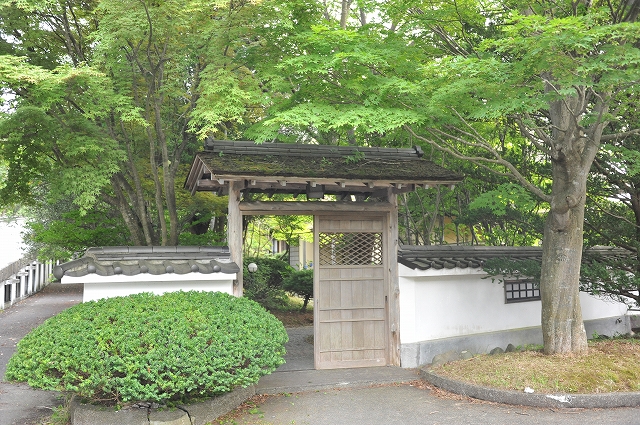 |
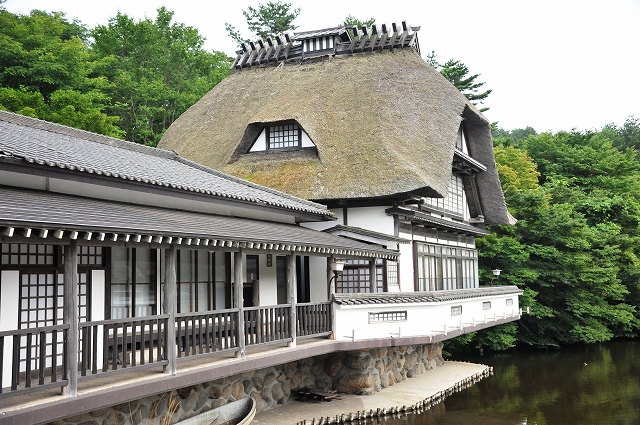 |
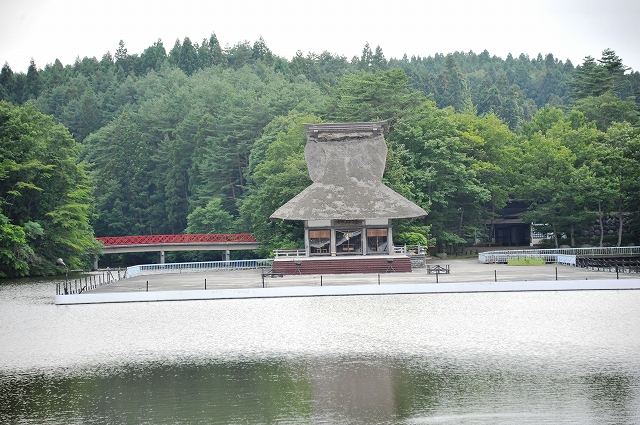 |
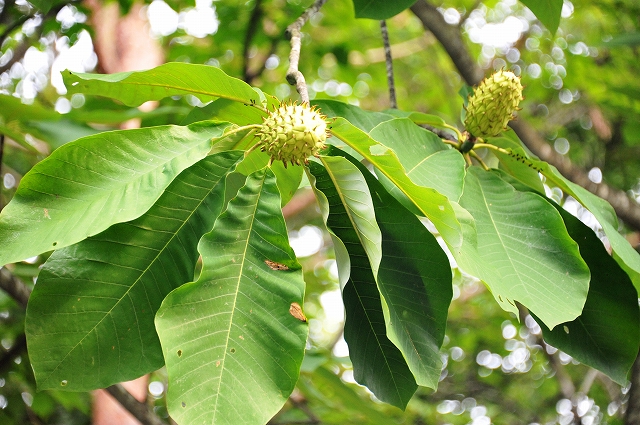 |
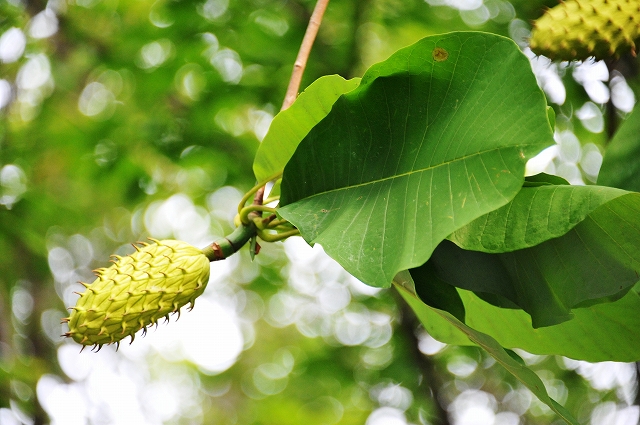 |
 |
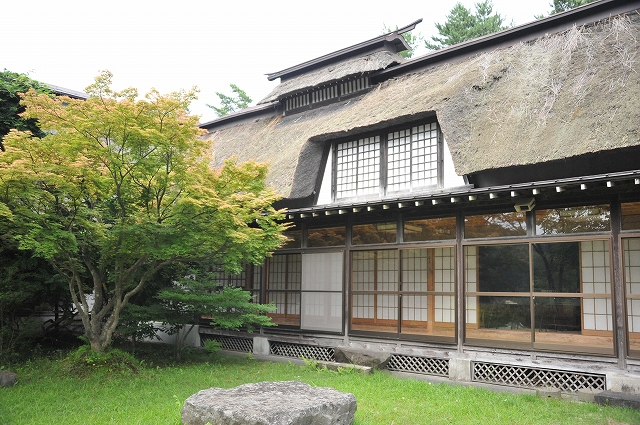 |
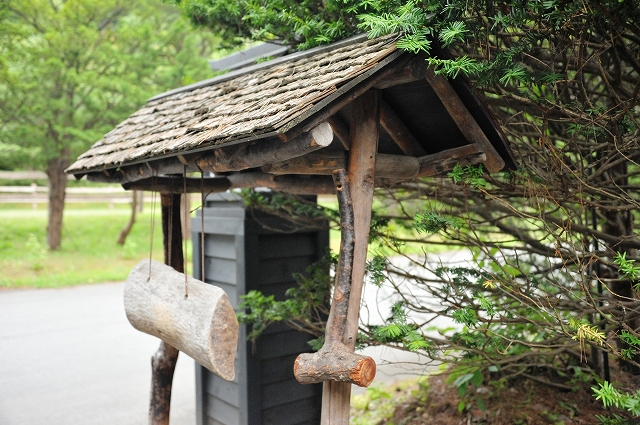 |
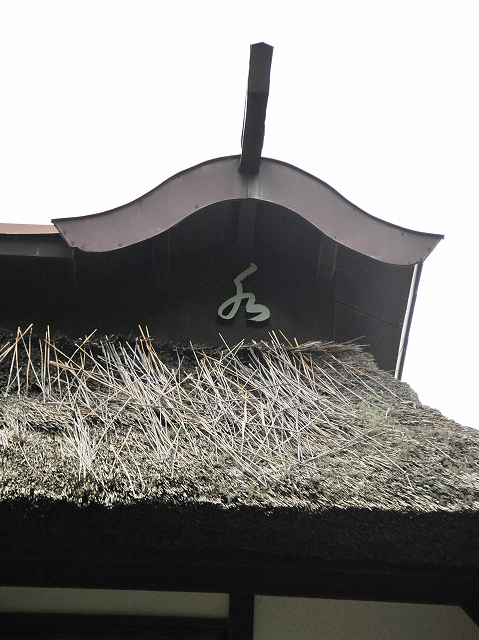 |
 |
 |
 |
Eiichi Shibusawa
Leading businessman through the Meiji and Taisho Eras.
Born in Saitama, the first son of a wealthy farmer.
He served in the Hitotsubashi Family, and in 1867,
while attending the Paris Exposition with Akitake Tokugawa,
he gained knowledge of European industries and systems.
In 1869 he served in the new government, and in 1872
he became an official in the Finance Ministry, but retired
from it in the following year and entered the business world.
While serving as general supervisor and president of the First
National Bank, he made great contributions to the establishment
and development of many modern enterprises such as Oji Paper,
Osaka Spinning, and Tokyo Gas. Adopting the Analects (of Confucius)
as standards of moral education, he advocated the "harmony of
morality and the economy". In 1916, he retired from the business world,
but continued to pour his efforts into social and public works and international
friendship.
He became a danshaku (baron) in 1900 and shishaku (viscount) in 1920.
(from "Portraits of Modern Japanese Historical Figures" by National
Diet Library)
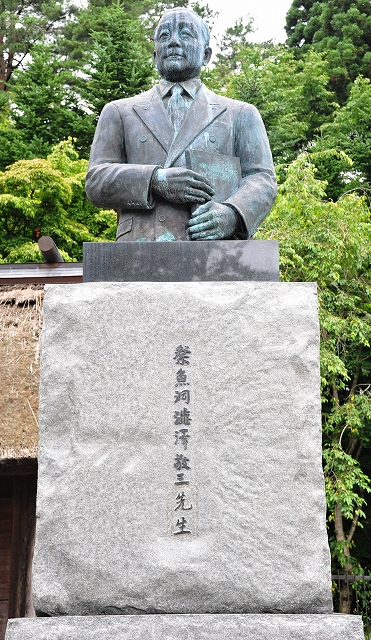 |
Keizo Shibusawa
1896-1963. Industrialist. Patron of folklore.
Keizo was the son of the eldest son of Eiichi Shibusawa.
Although Keizo pursued his path as a business leader to take over
the family business, he continued to study folklore and biology,
which he had begun before World War II, and established the
Attic Museum in his home by collecting articles used daily
by people throughout Japan. While he served as governor of
the Bank of Japan and the Minister of Finance, he also served as
chairman of the Nihon Minzokugaku Kyokai (Japan Folklore Association)
and of the Anthropological Society of Nippon.
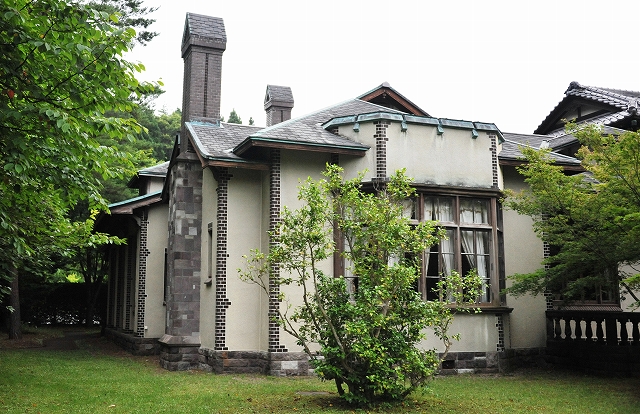 |
 |
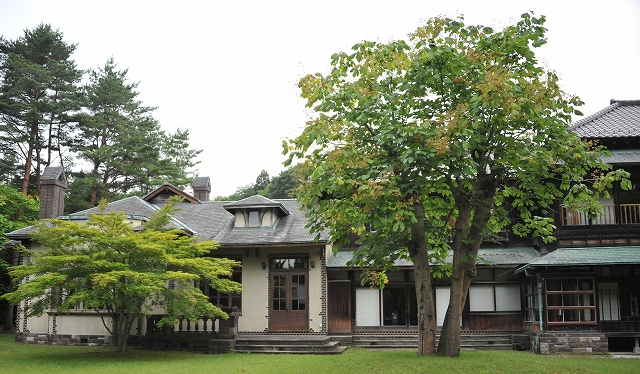 |
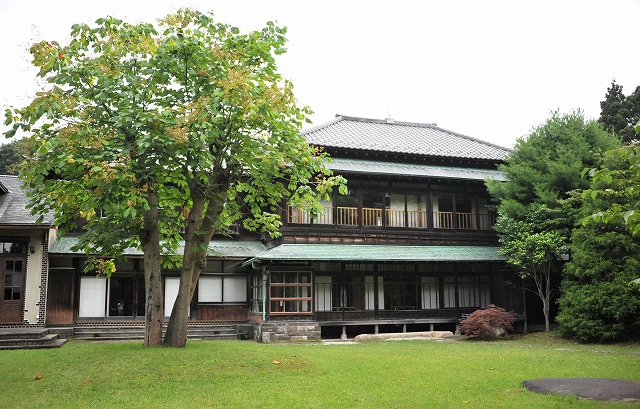 |
 |
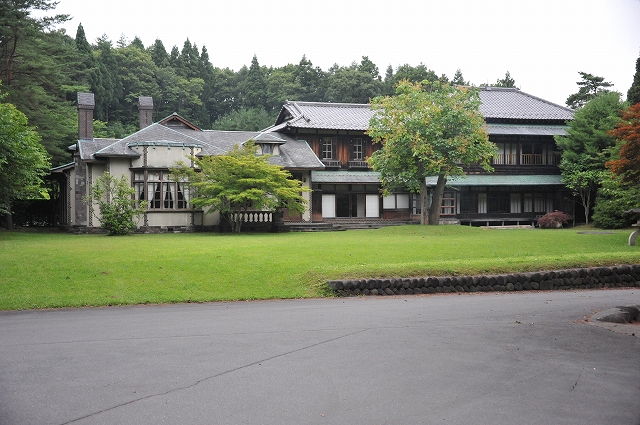 |
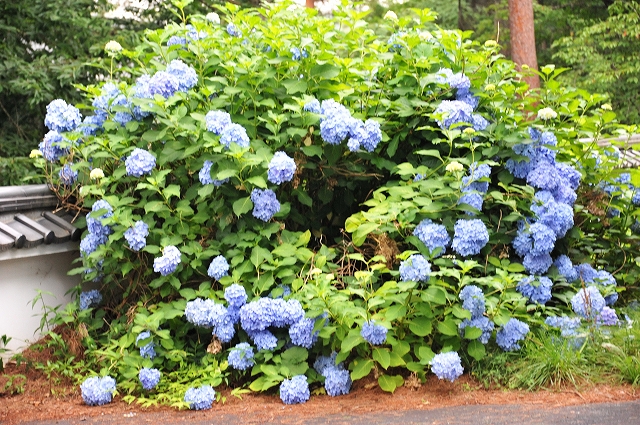 |
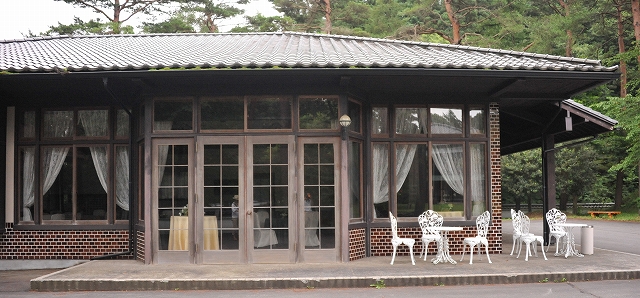 |
 |
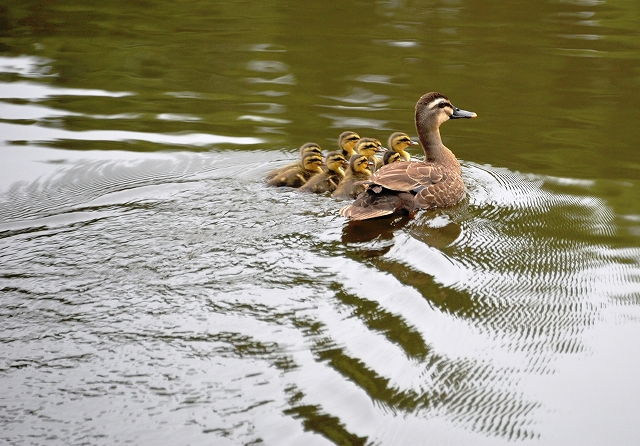 |
 |
